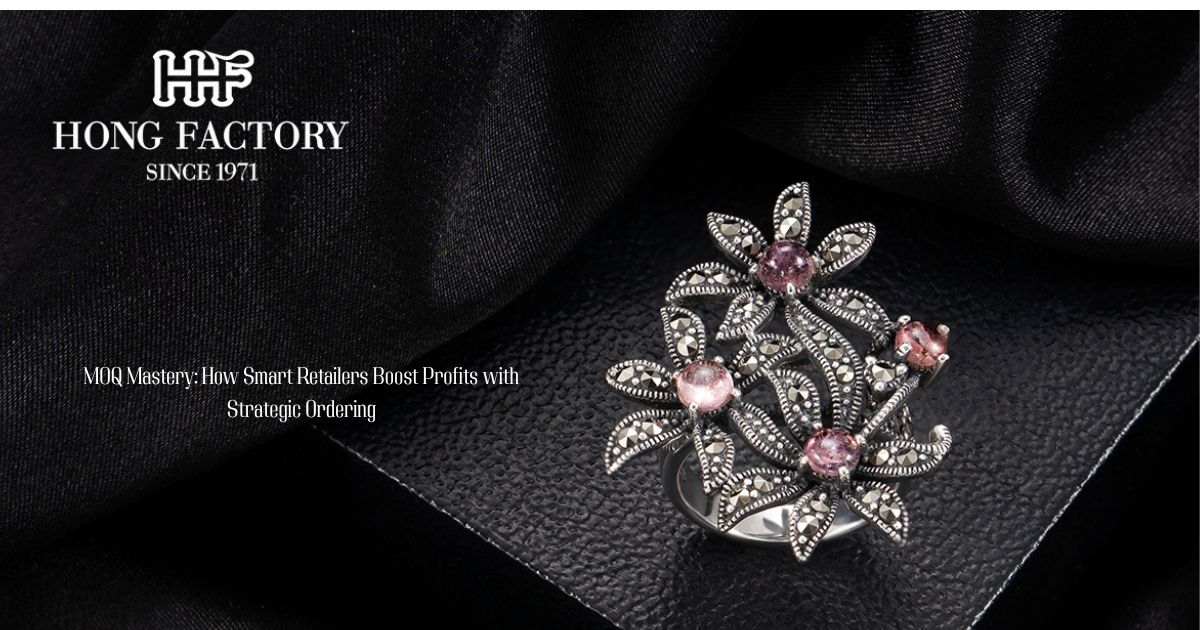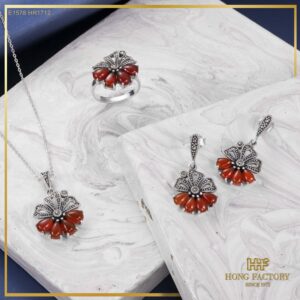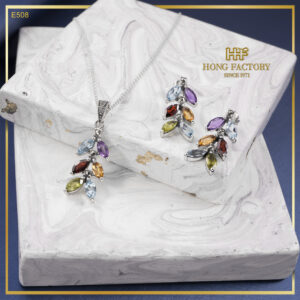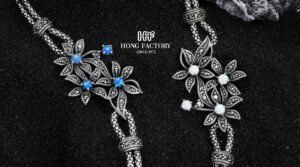MOQ Mastery: How Smart Retailers Boost Profits with Strategic Ordering
In the world of wholesale jewelry, Minimum Order Quantity (MOQ) isn’t just a supplier’s requirement it’s a retailer’s opportunity. For savvy jewelry brands, mastering MOQs can mean the difference between tight margins and thriving profits. Strategic ordering helps you align cash flow, manage risk, and scale with confidence. This guide explores how successful retailers use MOQ management to drive profitability, whether you’re sourcing ready stock or commissioning made-to-order pieces.
MOQ Mastery: How Smart Retailers Boost Profits with Strategic Ordering

Understanding MOQ: More Than a Number
MOQ refers to the minimum quantity a supplier will produce or sell in a single order. It’s usually based on production efficiency, material usage, or labor allocation. While some retailers view MOQ as a constraint, experienced buyers see it as leverage.
Types of MOQ in Jewelry:
- Per Style MOQ: Minimum units per design (e.g., 5 pieces per ring design)
- Order Value MOQ: Minimum dollar amount to place an order (e.g., $2,000 total order)
- Category MOQ: Minimum within a product category (e.g., 30 bangles total, any styles)
Understanding your supplier’s MOQ terms is the first step toward optimizing your order.
1. Bundle to Meet MOQ and Expand Assortment
Instead of overcommitting to one style, group complementary pieces to meet MOQs across styles and categories.
Smart Bundling Ideas:
- Ring + Earring Sets: Order 5 pieces per design across a matching theme.
- Mix & Match Silver Bands: Choose from a supplier’s core collection to hit the per-style MOQ.
- Color Variants: Order 2–3 gemstone colors of a best-selling pendant to meet quantity requirements.
This approach keeps your assortment fresh while meeting supplier thresholds.
2. Use MOQ to Test Collections on a Micro Scale
Many suppliers offer relatively low MOQs for new styles (e.g., 5–10 pieces per design). This opens the door to:
- Pilot Launches: Test a capsule before committing to mass production.
- Exclusive Drops: Use small runs for limited-edition or influencer collections.
- Market Segmentation: Test different aesthetics for niche audiences.
Data-driven feedback from these micro-orders can guide your next large-scale purchase.
3. Plan Around Seasonal Buying Windows
Suppliers often give preferential timelines or pricing for bulk orders placed during off-peak production seasons.
Key Opportunities:
- Pre-Summer Orders: Ideal for lightweight, travel-friendly designs (bangles, anklets).
- Pre-Holiday MOQ Deals: Secure stock for gifting season with better pricing in August/September.
- Lunar New Year Breaks: Place large MOQ orders in Q4 to avoid supply chain delays.
Aligning your MOQ strategy with production calendars keeps your brand ahead of demand spikes.
4. Negotiate MOQ with Growth in Mind
MOQ isn’t always fixed. Suppliers may offer flexibility based on your relationship, payment terms, or future potential.
How to Negotiate Effectively:
- Propose a Test Order: Start with half the MOQ and commit to reorder within 60 days if it performs.
- Leverage Past Performance: Show sales metrics or reorder history.
- Offer to Consolidate Shipping: Combine multiple styles into one shipment to help the supplier reduce costs.
Open communication builds long-term partnerships and often unlocks better terms.
5. Optimize Reorder Timing and Quantities
Once you identify fast-moving styles, your goal should be to reorder with precision. Use MOQ logic to:
- Maintain Lean Inventory: Don’t overstock; reup in small, strategic batches.
- Avoid Stockouts: Plan reorders once inventory drops to MOQ levels.
Streamline SKUs: Track which designs justify repeat MOQs and retire underperformers.
Software tools or even simple spreadsheets can help visualize reorder points and supplier timelines.
Bonus: MOQ as a Branding Tool
MOQ-based collections can also shape your brand story:
- “Limited Run” Appeal: Let customers know certain designs were produced in batches of 10 or 20.
- Sustainability Angle: Position small-batch ordering as part of a slow fashion ethos.
- Handmade Value: Emphasize that MOQs support artisanal production, not factory output.
When customers understand the thoughtfulness behind your MOQ strategy, they’re more likely to value and trust your brand.
Case Study: From MOQ to Sell-Out
A boutique jewelry label specializing in vintage-inspired silver rings worked with a Thai supplier with a MOQ of 5 pieces per design. Rather than overstocking one style, they launched a 10-style capsule collection with 5 units each. Within two weeks, they sold 70% of inventory thanks to pre-launch teasers and limited edition messaging.
With proof of demand, they reordered top styles at higher quantities, negotiated better unit costs, and built a fast-selling core line that started with just 50 rings.
Make MOQ Work for You
Mastering MOQ isn’t about ordering more it’s about ordering smarter. By bundling creatively, testing intentionally, negotiating thoughtfully, and reordering strategically, you turn supplier requirements into retail advantages.
Whether you’re a boutique just getting started or a scaling brand optimizing growth, MOQ management is a skill worth sharpening.
Because behind every sell-out product is a well-planned order and behind every smart order is a retailer who understands the power of MOQ.



